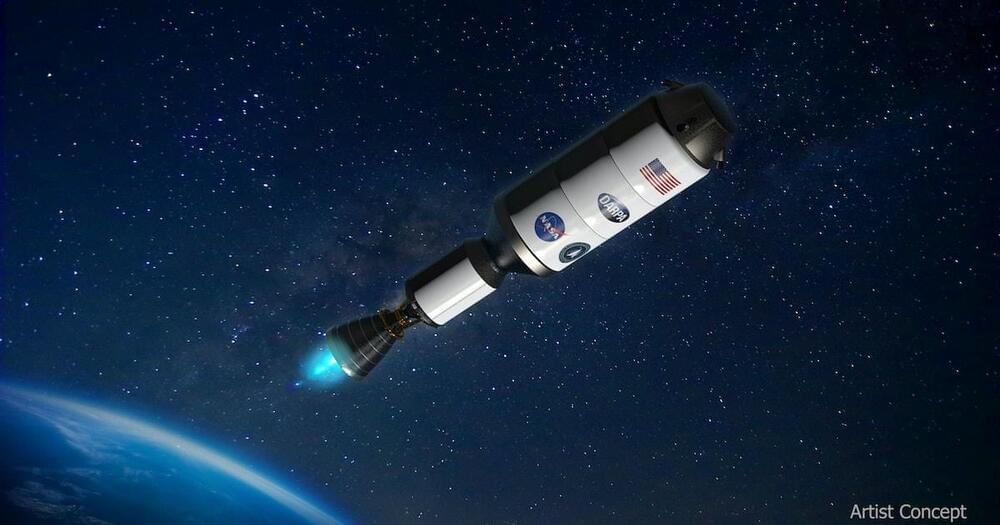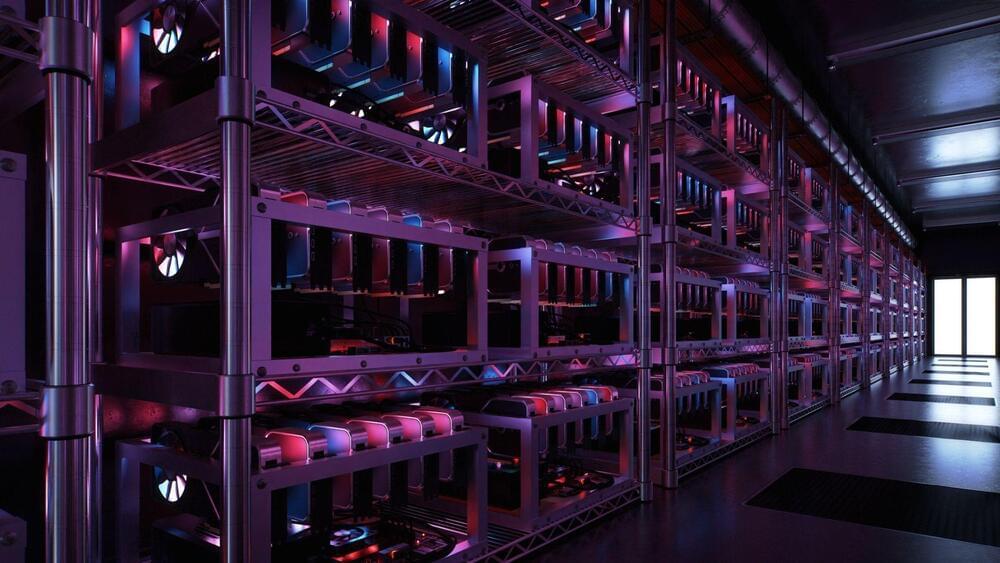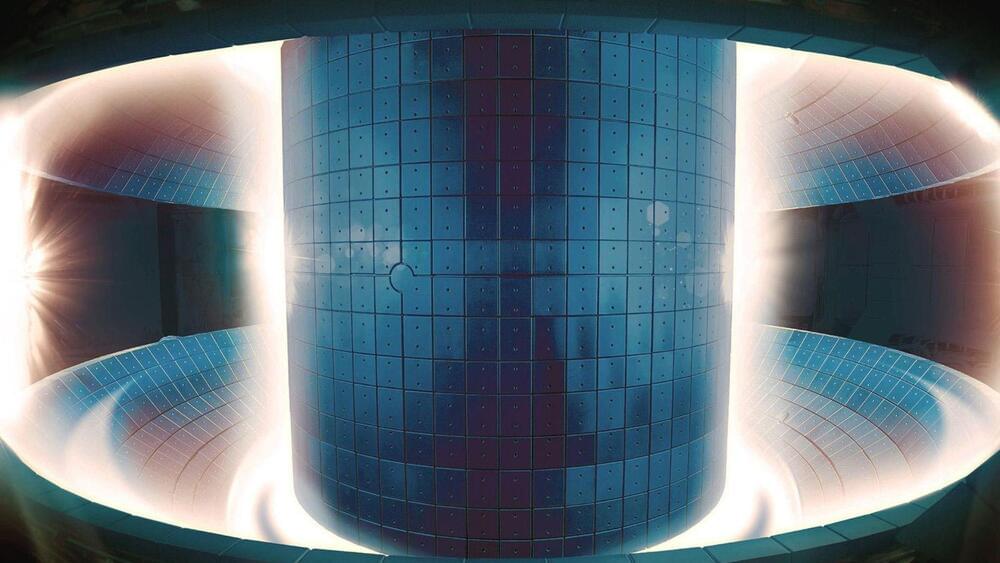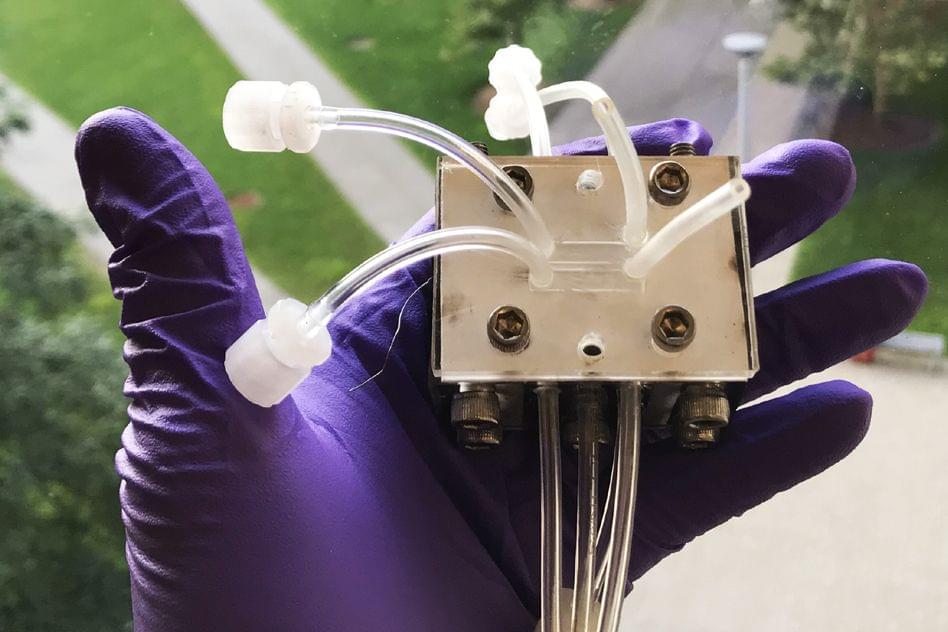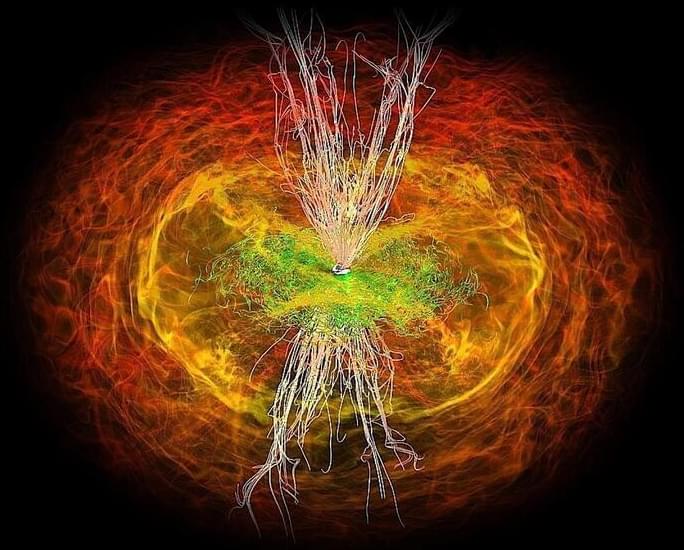Archive for the ‘nuclear energy’ category: Page 39
Jan 26, 2023
Book Event: The Fragile Balance of Terror: Deterrence in the Nuclear Age
Posted by Sergio Tarrero in categories: existential risks, military, nuclear energy, policy

Please join the Project on Nuclear Issues for a book launch event, featuring “The Fragile Balance of Terror: Deterrence in the Nuclear Age.”
In The Fragile Balance of Terror, edited by Vipin Narang and Scott Sagan, the foremost experts on nuclear policy and strategy offer insight into an era rife with more nuclear powers. Some of these new powers suffer domestic instability, others are led by pathological personalist dictators, and many are situated in highly unstable regions of the world—a volatile mix of variables. The increasing fragility of deterrence in the twenty-first century is created by a confluence of forces: military technologies that create vulnerable arsenals, a novel information ecosystem that rapidly transmits both information and misinformation, nuclear rivalries that include three or more nuclear powers, and dictatorial decision making that encourages rash choices. The nuclear threats posed by India, Pakistan, Iran, and North Korea are thus fraught with danger.
Audience questions: https://forms.gle/t1ecgsgib9hhFjAC8
This event is made possible by general CSIS support.
Continue reading “Book Event: The Fragile Balance of Terror: Deterrence in the Nuclear Age” »
Jan 26, 2023
First nuclear-powered Bitcoin mine to start operations in US this year
Posted by Gemechu Taye in categories: bitcoin, computing, nuclear energy, sustainability
This will reduce carbon emissions from mining operations but is that the only way?
TeraWulf, a Minnesota-headquartered company, will become the first entity in the U.S. to power its Bitcoin mining operations with nuclear energy, CNET.
Luza studios/iStock.
Continue reading “First nuclear-powered Bitcoin mine to start operations in US this year” »
Jan 26, 2023
Metal alloys may support nuclear fusion energy
Posted by Gemechu Taye in categories: business, nuclear energy
The research is a huge milestone towards fusion energy that can power millions of homes and businesses with a carbon-neutral energy source.
Researchers at the Lawrence Livermore National Laboratory announced that they observed a net gain in nuclear fusion energy for the very first time at the end of 2022. The research is a huge milestone towards fusion energy that can power millions of homes and businesses with a carbon-neutral energy source. However, converting this achievement into a practical nuclear energy source requires innovative technologies to bring fusion-powered society to life.
PNNL
Continue reading “Metal alloys may support nuclear fusion energy” »
Jan 24, 2023
PRESS RELEASE: Doomsday Clock set at 90 seconds to midnight
Posted by Quinn Sena in categories: existential risks, government, military, nuclear energy
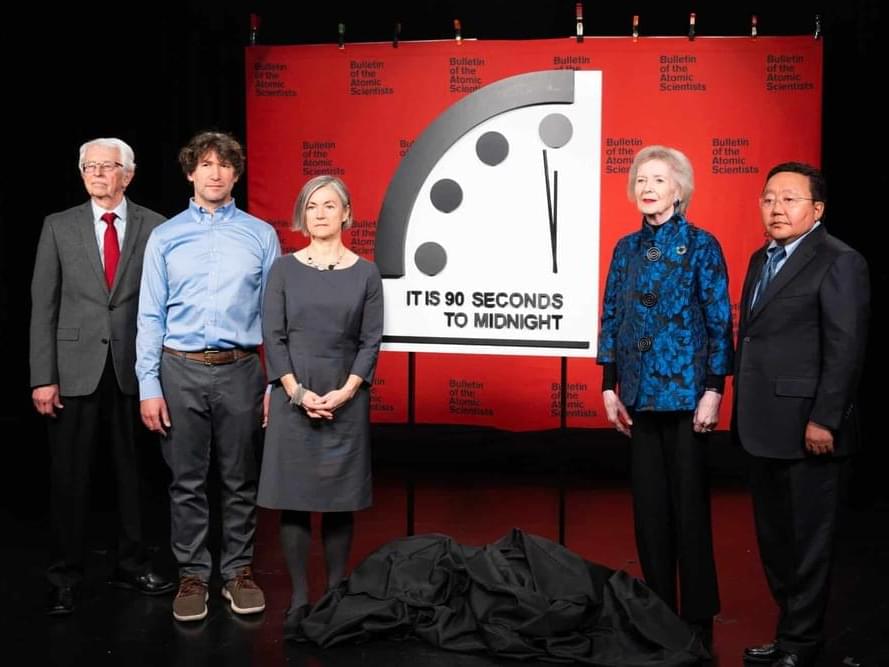
Rachel Bronson, PhD, president and CEO, Bulletin of the Atomic Scientists, said: “We are living in a time of unprecedented danger, and the Doomsday Clock time reflects that reality. 90 seconds to midnight is the closest the Clock has ever been set to midnight, and it’s a decision our experts do not take lightly. The US government, its NATO allies and Ukraine have a multitude of channels for dialogue; we urge leaders to explore all of them to their fullest ability to turn back the Clock.”
The Doomsday Clock’s time is set by the Bulletin of the Atomic Scientists’ Science and Security Board with the support of the Bulletin’s Board of Sponsors, which includes 10 Nobel Laureates. Previously, the Doomsday Clock had been set at 100 seconds to midnight since 2020.
Continue reading “PRESS RELEASE: Doomsday Clock set at 90 seconds to midnight” »
Jan 24, 2023
Joelle Elbez-Uzan — Head, Nuclear Safety Office — DEMO Fusion Reactor — EUROfusion
Posted by Ira S. Pastor in categories: nuclear energy, physics, security
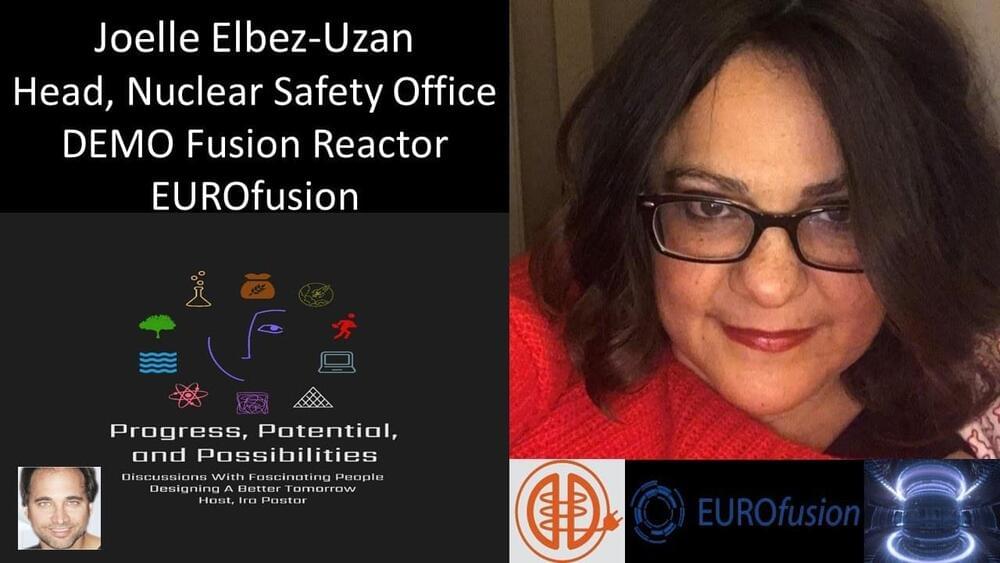
Is the Head, Nuclear Safety Office, overseeing the development of the DEMO Fusion Reactor (https://euro-fusion.org/programme/demo/), at EUROfusion.
DEMO (DEMOnstration Power Plant) refers to a proposed class of nuclear fusion experimental reactors that are intended to demonstrate the net production of electric power from nuclear fusion.
Jan 23, 2023
HUGE NEWS!! This NUCLEAR DIAMOND BATTERY Is About To Hit The Market!!
Posted by Omuterema Akhahenda in categories: nuclear energy, sustainability

Can a nuclear diamond battery change things as we know it, including what to do with nuclear waste?
Don´t forget to leave your comments below and to support the channel by liking the video and subscribing. Thanks!
Continue reading “HUGE NEWS!! This NUCLEAR DIAMOND BATTERY Is About To Hit The Market!!” »
Jan 22, 2023
A new way to remove contaminants from nuclear wastewater
Posted by Omuterema Akhahenda in categories: chemistry, engineering, nuclear energy, particle physics
I posted about Japan releasing radioactive water, and thought it was a bad idea, because of this MIT revelation.
Nuclear power continues to expand globally, propelled, in part, by the fact that it produces few greenhouse gas emissions while providing steady power output. But along with that expansion comes an increased need for dealing with the large volumes of water used for cooling these plants, which becomes contaminated with radioactive isotopes that require special long-term disposal.
Now, a method developed at MIT provides a way of substantially reducing the volume of contaminated water that needs to be disposed of, instead concentrating the contaminants and allowing the rest of the water to be recycled through the plant’s cooling system. The proposed system is described in the journal Environmental Science and Technology, in a paper by graduate student Mohammad Alkhadra, professor of chemical engineering Martin Bazant, and three others.
Continue reading “A new way to remove contaminants from nuclear wastewater” »
Jan 21, 2023
Nuclear-powered robots could hunt for aliens on icy Solar System moons
Posted by Atanas Atanasov in categories: alien life, nuclear energy, robotics/AI

Europa, here we come.
In the coming years, NASA and the European Space Agency (ESA) will send two robotic missions to explore Jupiter’s icy moon Europa.
Jan 20, 2023
Ripples in fabric of universe may reveal start of time
Posted by Quinn Sena in categories: cosmology, nuclear energy, physics
Scientists have advanced in discovering how to use ripples in space-time known as gravitational waves to peer back to the beginning of everything we know. The researchers say they can better understand the state of the cosmos shortly after the Big Bang by learning how these ripples in the fabric of the universe flow through planets and the gas between the galaxies.
“We can’t see the early universe directly, but maybe we can see it indirectly if we look at how gravitational waves from that time have affected matter and radiation that we can observe today,” said Deepen Garg, lead author of a paper reporting the results in the Journal of Cosmology and Astroparticle Physics. Garg is a graduate student in the Princeton Program in Plasma Physics, which is based at the U.S. Department of Energy’s (DOE) Princeton Plasma Physics Laboratory (PPPL).
Garg and his advisor Ilya Dodin, who is affiliated with both Princeton University and PPPL, adapted this technique from their research into fusion energy, the process powering the sun and stars that scientists are developing to create electricity on Earth without emitting greenhouse gases or producing long-lived radioactive waste. Fusion scientists calculate how electromagnetic waves move through plasma, the soup of electrons and atomic nuclei that fuels fusion facilities known as tokamaks and stellarators.
